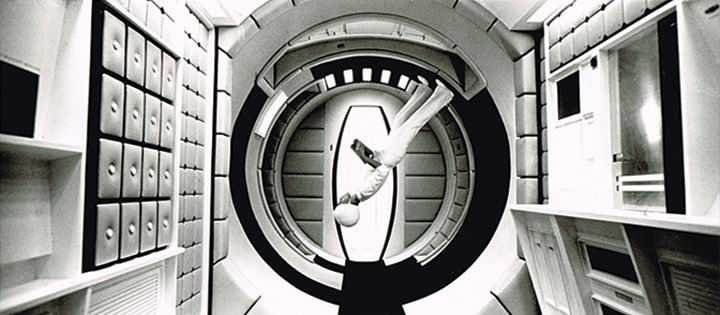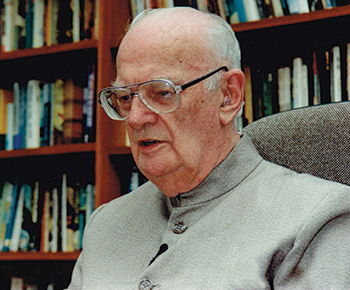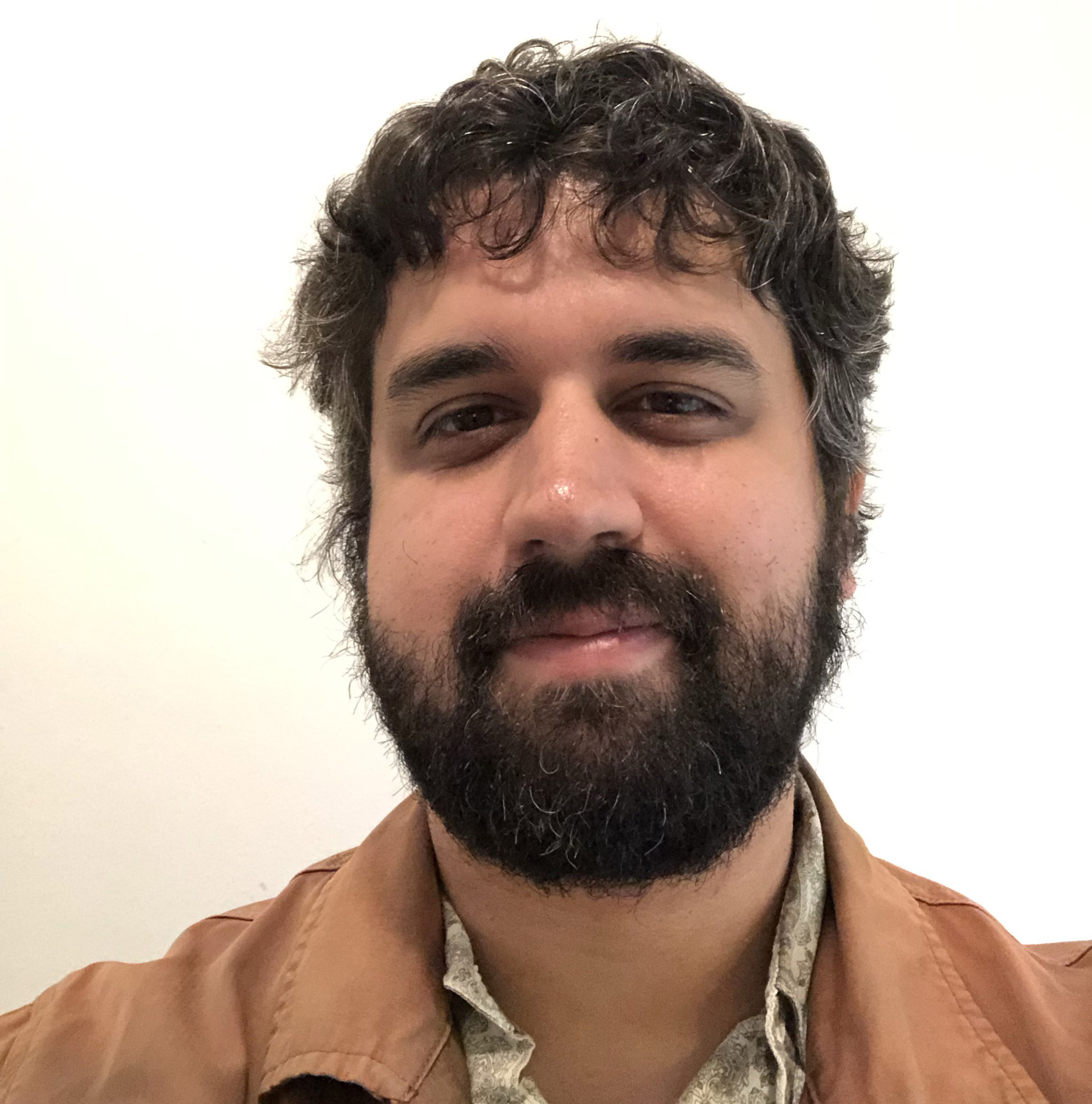'Space Odyssey' Author Inspires Imagination Research Center

The creative mind behind the communications satellite and "2001: A Space Odyssey" — Arthur C. Clarke — has now inspired an academic center dedicated to studying imagination. From sci-fi speculation to neurophysiological analysis, the Arthur C. Clarke Center for Human Imagination will create and sponsor multidisciplinary investigations into great leaps of human thought.
The center launched in May at the University of California, San Diego, which will operate the center in conjunction with the Arthur C. Clarke Foundation, an organization dedicated to Clarke's legacy.
A series of skyward-looking events kicked off the center's activities last month, culminating in a symposium on long-term space travel called Starship Century. There, sci-fi heavyweights such as Gregory Benford and Neal Stephenson traded ideas about interstellar journeys with scientists Freeman Dyson, Paul Davies and others. [A Look Back at 2001: "A Space Odyssey" (Infographic)]
Scientific imagination
The center will be dedicated "to finding out how imagination happens and to whom it happens," said Clarke Foundation executive director Monica Morgan. To do so, the center will collaborate with organizations such as the Smithsonian Institution and the National Science Foundation on research projects, seek grants to study imagination in science and the arts, and host public lectures and symposia, among other activities, she said.
"We're looking at imagination as a multi-disciplinary phenomenon," said Sheldon Brown, a U.C. San Diego professor of visual arts who will head the new center. That means the center's work will include "people from a wide range of fields, neuroscientists to astrophysicists to social scientists to artists and writers … We're looking to find ways to find intersections between these different disciplines."
In Brown's own work, for example, he creates virtual works of art, then measures participants' neurophysiological reactions to them. He hopes to analyze, at the neuronal level, how his creations engage people's imaginations.
Get the Space.com Newsletter
Breaking space news, the latest updates on rocket launches, skywatching events and more!
Science meets art

Clarke, one of the giants of science fiction and a visionary futurist, similarly spanned the hard sciences and speculative arts.
Perhaps most famously, Clarke wrote the book "2001: A Space Odyssey," and co-authored the film of the same name with director Stanley Kubrick, as well as penning classic sci-fi novels like "Childhood's End" and "Rendezvous with Rama." He died in 2008 at the age of 90.
Thanks to his training in engineering, Clarke made contributions to the real world of science and innovation, too. In a 1945 paper, he outlined the principles behind what would become geosynchronous communications satellites — today, part of the reason everyone can keep a telephone in their pocket.
The idea for an imagination center originated in a conversation between Clarke Foundation chairman Tedson Meyers and Clarke himself 12 years ago about the best way to commemorate the author's varied legacy. Imagination emerged as the common theme, Morgan said.
Sci-fi greats
The foundation's leaders eventually realized they needed the resources of a major research university to fully investigate the topic. U.C. San Diego won the resulting competition based on its researchers' expertise in a variety of science, engineering and medical fields, along with allied creative arenas, Morgan said. Most notably, the school's Clarion science fiction writing program boasts a distinguished group of alumni authors, including Octavia Butler and Bruce Sterling.
Those sci-fi alums reflect the future-facing attitude of the university, said Brown. "There's this atmosphere of speculation about the future that is deeply ingrained at U.C. San Diego," he said. He also noted the school's recently launched Center for Brain Activity Mapping, and the university's collaborations with the nearby Salk Institute, Scripps Research Institute and others.
Next year, the imagination center will again host a big-tent event, this time investigating how knowledge is created and disseminated in the changing culture of online publishing and crowdfunding. In the meantime, the organization will work to rapidly build up its infrastructure and labs to better study the kind of imagination that Clarke exemplified, Brown said.
Follow SPACE.com on Twitter @Spacedotcom. We're also on Facebook and Google+. Original article on SPACE.com.
Join our Space Forums to keep talking space on the latest missions, night sky and more! And if you have a news tip, correction or comment, let us know at: community@space.com.

Michael Dhar is a manuscript editor at the American Medical Association and a freelance science and medical writer and editor, having written for Live Science, Space.com, Earth.com, The Fix, Scientific American, and others. Michael received a master's degree in Bioinformatics from NYU's Polytechnic School of Engineering, and also has a master's in English and Comparative Literature from Columbia University School of New York, and a bachelor's in English with a biology minor from the University of Iowa.









